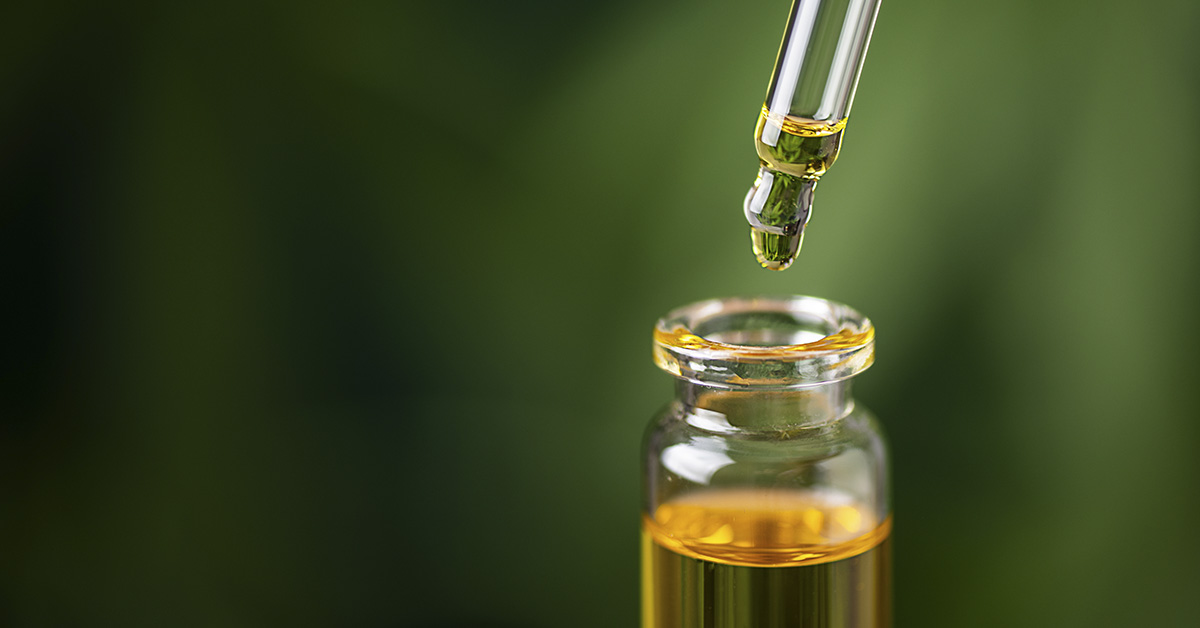Scientists have discovered cannabidiol (CBD), one of the active compounds, traditionally found in cannabis, in an unexpected source. A common Brazilian shrub, which is often considered a weed, known as Trema micrantha blume could present a new potential alternative to cannabidiol. This discovery, led by molecular biologist Rodrigo Moura Neto and his team at the Federal University of Rio de Janeiro (UFRJ), could change the production and ease of access of CBD.
CBD is one of the main active cannabinoids in cannabis

It is prized for its non-psychoactive properties and its growing application in treating conditions such as epilepsy, chronic pain, and anxiety. Unlike tetrahydrocannabinol (THC), the psychoactive compound in cannabis responsible for the “high,” CBD does not alter mental state.
The identification of CBD in Trema micrantha, a shrub that grows in large amounts across Brazil and much of South America, offers a promising alternative source that could bypass the legal and regulatory challenges. Especially challenges surrounding cannabis cultivation and use in many countries, including Brazil.
Cannabidiol Discovery in a Shrub
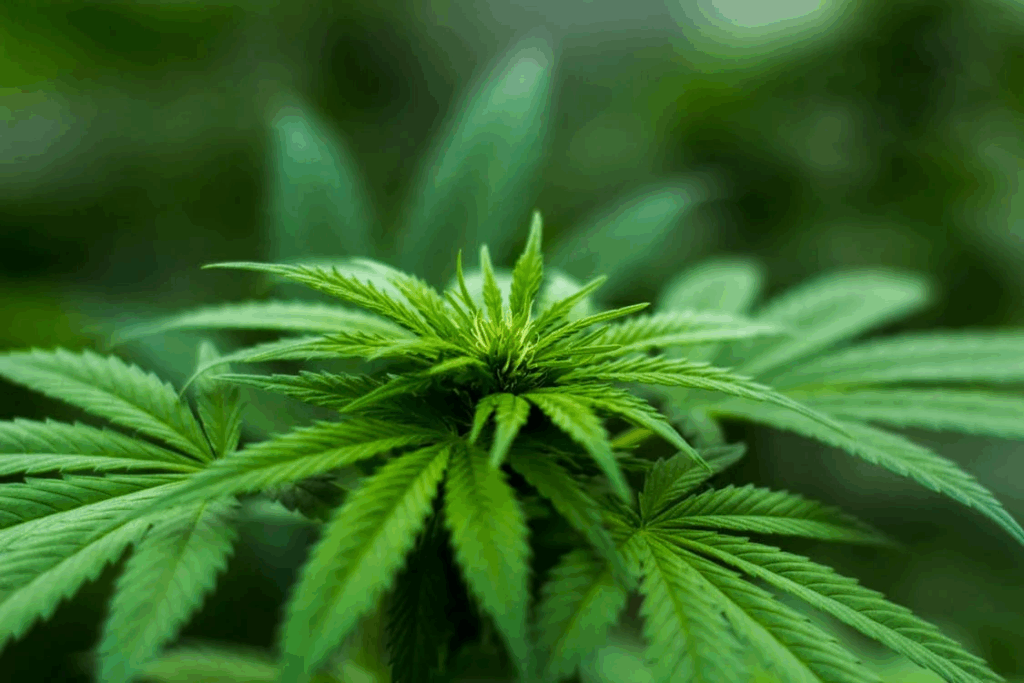
The research team found CBD concentrated in the fruits and flowers of Trema micrantha, while notably detecting little to no THC. THC, the psychoactive compound in cannabis, still remains illegal or heavily restricted in many jurisdictions, complicating the cultivation and commercialization of cannabis-derived products. “This is a plant that grows all over Brazil. It would be a simpler and cheaper source of cannabidiol,” Neto explained. The plant, often shrugged off as a weed, is also known locally as candiúba, crindiúva, or pau-pólvora and is used in reforestation efforts due to its rapid growth.
Previous studies identified cannabinoids in related species like Trema orientale in Thailand, but researchers have now confirmed CBD for the first time in a native Brazilian species. The discovery opens the door for large-scale cultivation and extraction of CBD without the psychoactive effects or legal restrictions linked to cannabis.
Challenges and Current Research
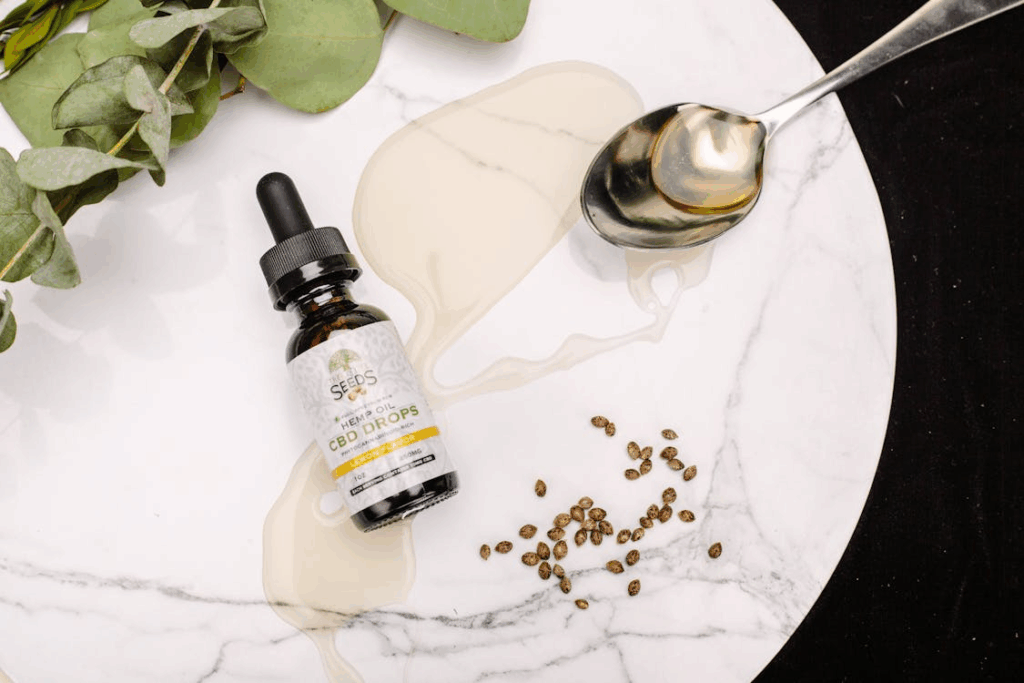
Despite the excitement, the concentration of CBD in Trema micrantha is significantly lower than in cannabis. A November 2024 study published in Scientific Reports found that while Cannabis sativa leaves can contain up to 473 micrograms per gram (µg/g) of CBD, Trema leaves offer less than 5 µg/g-nearly 100 times less. The same study detected trace amounts of THC, but at levels about 100 times lower than CBD, and mostly absent in the plant’s stems.
What This Means
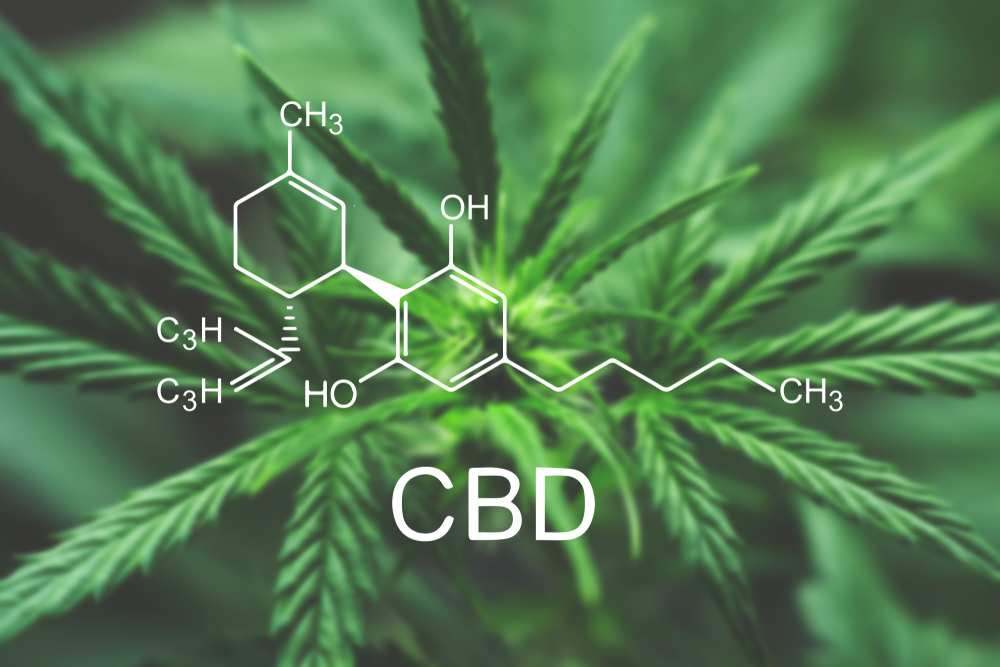
This low cannabinoid yield means that, at present, Trema micrantha is not a direct substitute for cannabis in terms of raw CBD output. However, researchers emphasize that the plant’s value lies in its potential as a source for refining extraction methods, selective breeding, or even genetic modification to increase CBD production. Neto’s team recently secured a 500,000-real (approximately US$104,000) grant from the Brazilian government to scale up their research, focusing on optimizing CBD extraction and assessing its medical efficacy.
Read More: 5 Scientific Discoveries About Marijuana That Change What We Know
Potential Medical and Commercial Impact
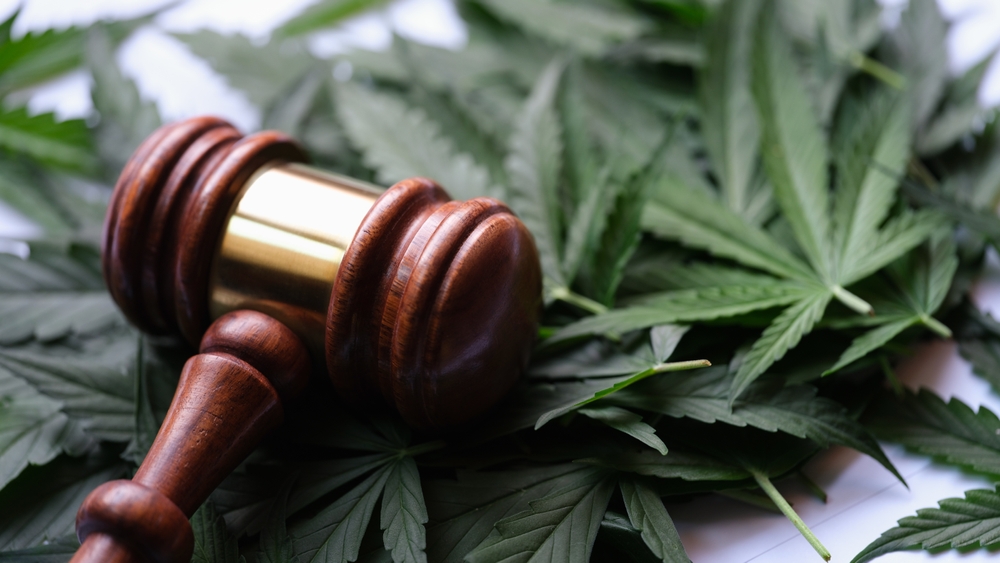
The medical community has shown increasing interest in CBD’s medical properties, particularly for neurological disorders like epilepsy. In Brazil, regulatory agencies currently restrict medical cannabis use, allowing CBD prescriptions mainly for epilepsy in children and adolescents. The discovery of a THC-free, legally cultivable plant source could drastically expand access to CBD-based treatments.
Neto predicts that large-scale production of Trema-derived CBD could reduce costs and improve availability, especially within public healthcare systems. “With a large production capacity, you can reach public care centers,” he said. “We scientific researchers are always seeking to extend its advantages to everyone, and the public health care network is the way to go”.
The global CBD market is booming
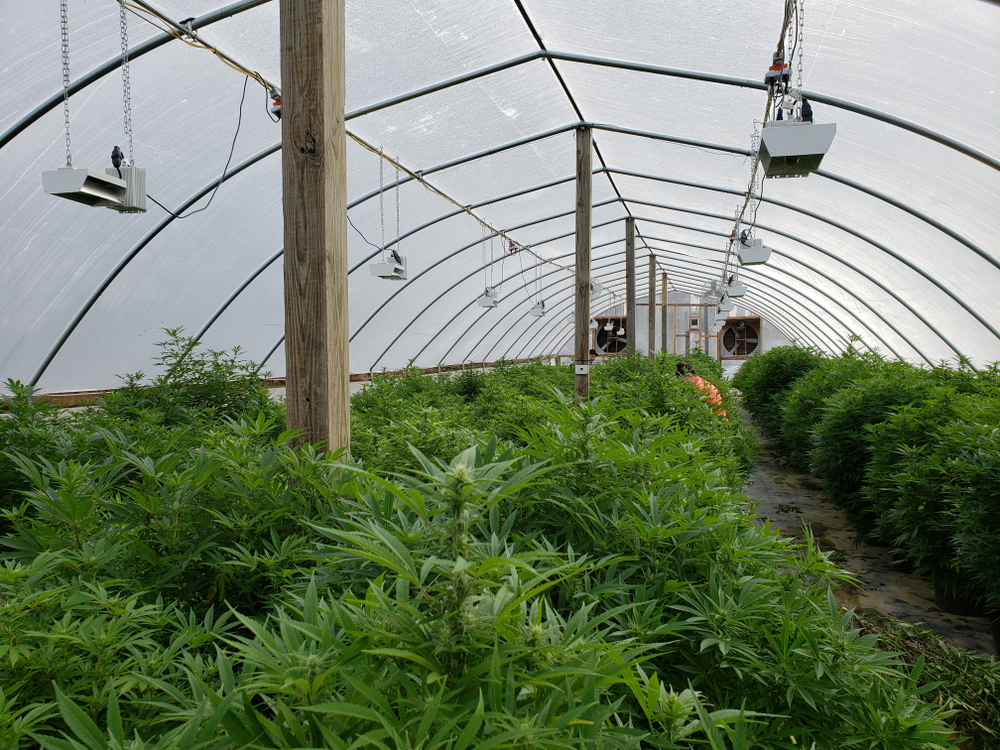
It’s valued at nearly US$5 billion and projected to exceed US$47 billion by 2028, driven by health and wellness trends. A new, abundant source of CBD could fuel this expansion and help meet increasing consumer demand, especially in regions where cannabis cultivation remains legally problematic.
Future Directions and Considerations
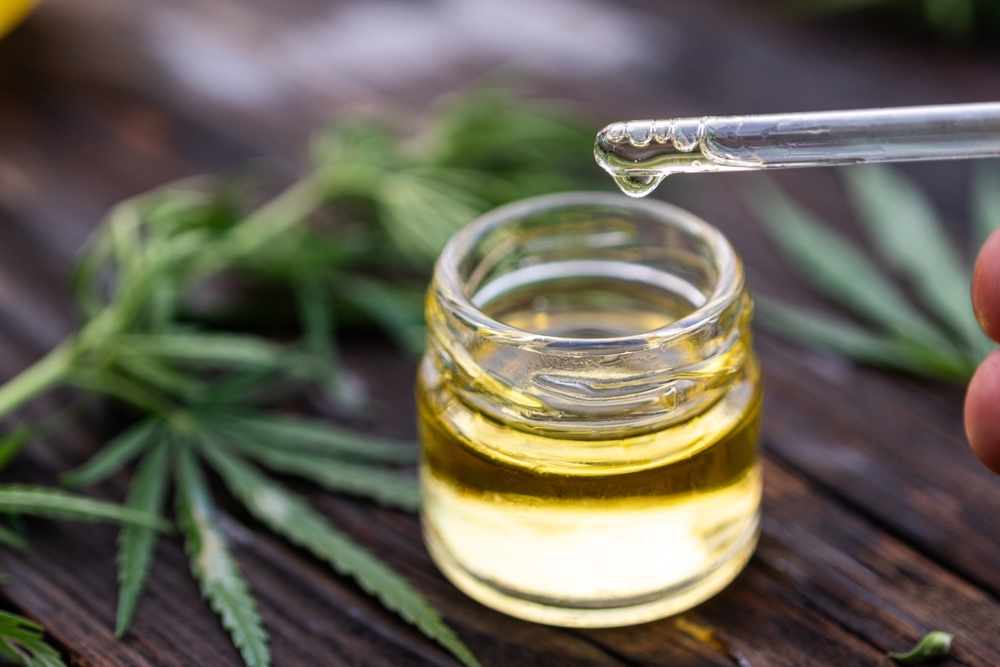
Neto’s team is currently mapping the best methods for CBD extraction and plans to conduct clinical studies to evaluate whether Trema-based CBD matches the effectiveness of cannabis-derived CBD in treating conditions such as epilepsy and anxiety. They also aim to explore agricultural strategies and selective breeding to enhance cannabinoid yields.
However, researchers should exercise caution. Trema micrantha has a history of use in traditional medicine in Bolivia and Mexico but has also been reported to cause liver damage and cerebral hemorrhage in livestock, with the toxic compounds still unidentified.
Conclusion
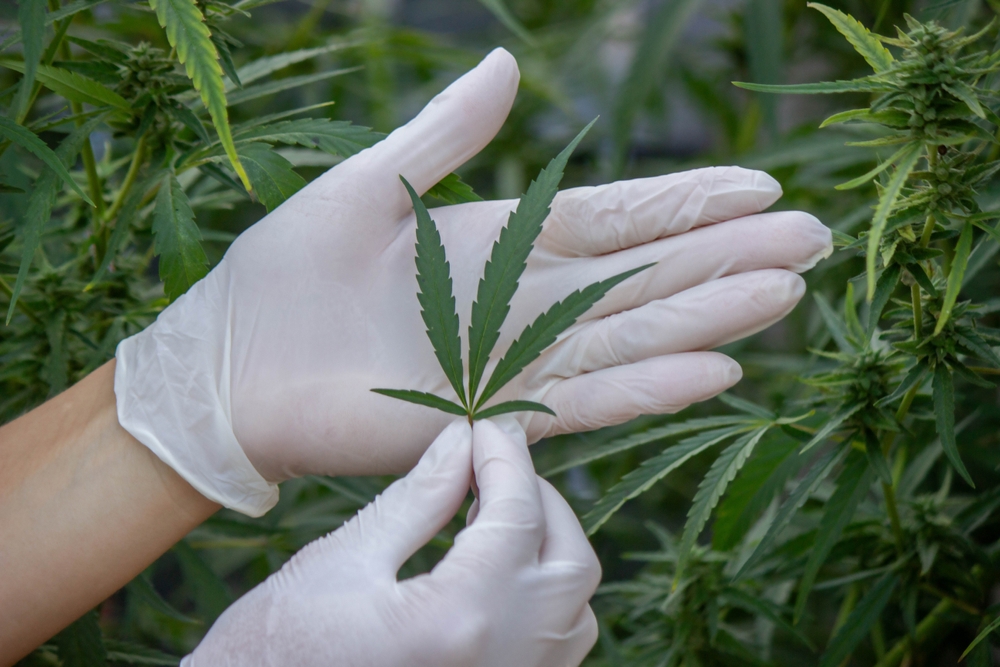
The identification of cannabidiol in Trema micrantha blume, a non-cannabis Brazilian plant, is an incredible benefit to the booming CBD marker. It holds the potential benefits of access and availability of CBD, especially in regions where cannabis cultivation is illegal. The plant’s widespread availability, legal status, and absence of THC offer potential advantages. However, this is despite its low CBD concentrations compared to cannabis.
Ongoing research aims to optimize extraction, improve yields, and validate medical efficacy, potentially providing a simpler, cheaper, and legally accessible source of CBD. As global demand for CBD continues to surge, Trema micrantha may become a new avenue for cannabinoid production and therapy.
Read More: 10 Benefits of You May Notice Once You Start Using CBD Oil
